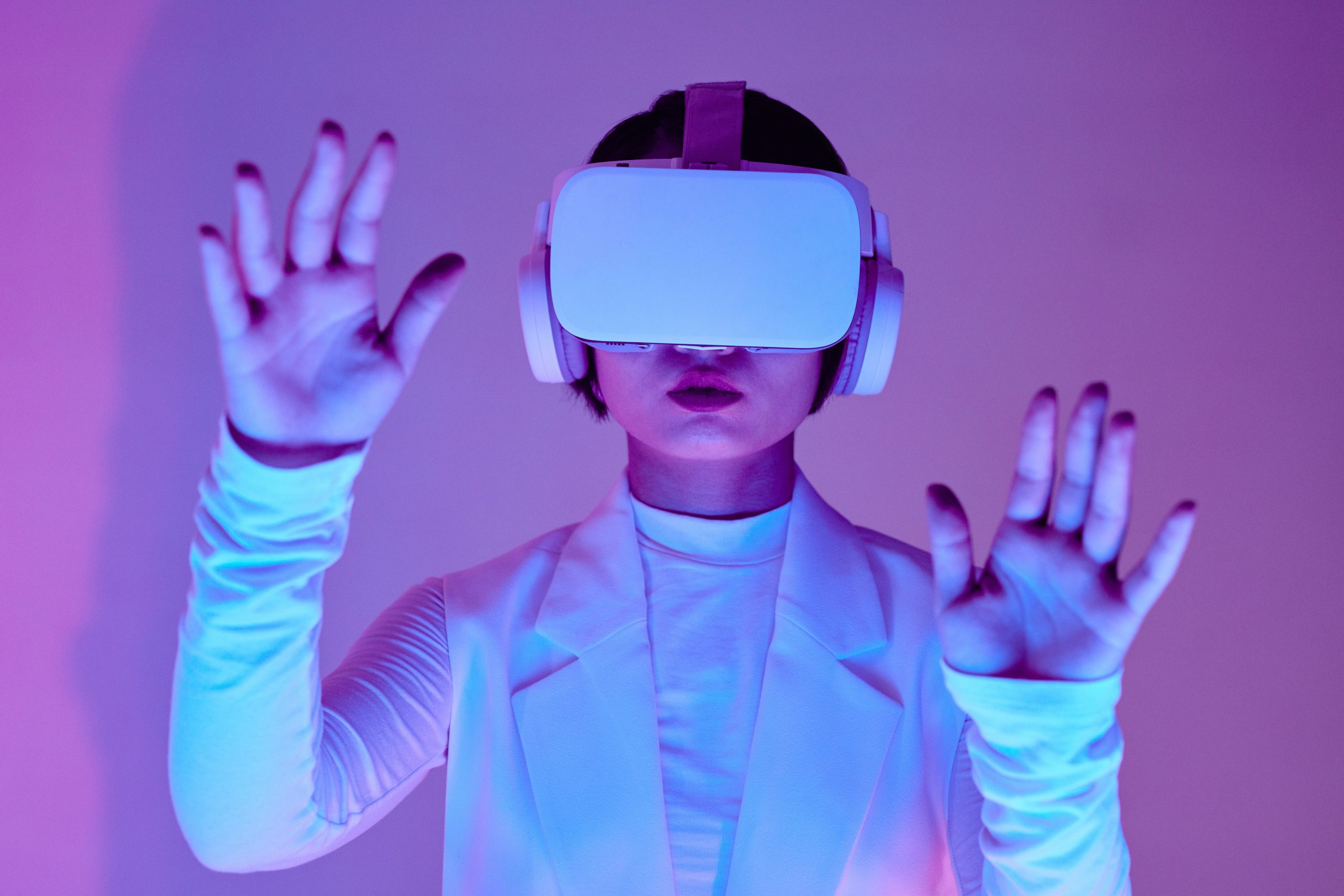The ChatGPT-led generative AI revolution has been the biggest business story of 2023, and its disruption is also being felt in human resource departments. Not surprisingly, the implementation of AI into the workplace has been met with worried glances from employees.
The genuine fear of job loss due to generative AI is far from an overreaction; it’s a legitimate concern illustrated recently by IBM announcing its plans to fill 30% of back office jobs with AI. And it’s not limited only to the technology market, AI shows promise to perform all sorts of repetitive tasks across industries with greater efficiency, accuracy, and speed than humans.
But worries don’t end there for employees. They’re also concerned about how AI could be used to track their daily activities. Those concerns are also far from fiction, as the AI being used alongside location-based technologies to analyze employee response and delivery time, as well as AI used for tracking office worker keystrokes and computer activity, is currently being probed by the White House.
However, while AI has spurred these workplace fears and even worker strikes, the technology can’t yet replicate the unique perspective and insight from the human experience. Therefore, AI’s current value is best harnessed by taking on the most redundant tasks and enabling workers to focus on higher-value activities that require creativity, critical thinking, and emotional intelligence. In addition, AI is promising as a support tool for human resource departments that can improve employee experiences and morale rather than zapping it. Let’s take a look at how.
Freeing Humans to Excel at Activities They Enjoy
UiPath, an enterprise software provider, polled 6,000-plus global workers earlier this year and found that 60% believe that AI-driven automation can address burnout and improve job fulfillment, which are critical challenges HR executives are tackling. The company’s analysis also highlighted that 57% of workers view employers using AI and automation to help support employees more favorably than those without. With AI taking on often dreaded monotonous tasks, employees working at these companies are freed with more autonomy to take on the creative responsibilities they crave. As a result, HR teams are able to boost the morale and well-being of their workforce.
Here’s what that employee-friendly approach to implementing AI into the workforce can look like. Take customer support teams, for example, who have dealt with unprecedented spikes in call volumes through the pandemic. Instead of manually assigning already burned-out agents tickets, AI-powered systems can automatically categorize and prioritize incoming customer inquiries.
These systems can also support agents on live calls by prompting them with real-time suggestions and recommendations while communicating with customers. This support allows agents to handle customer queries more effectively, reducing response times and producing positive call outcomes, boosting customer and employee experiences. As workers’ mental health becomes a major issue, using AI to enable more positive social interactions within working hours increases productivity and creates happier working environments.
Personalizing Learning and Development
In today’s diverse work landscape that runs the gamut from fully back to the office to hybrid and fully remote, one-size-fits-all L&D approaches will no longer work. Training programs must be tailored to individual employees and work environments, and content must be adaptive based on each individual’s learnings.
That said, personalization can be time-consuming and expensive. Fortunately, AI chatbots have shown promise in assisting in developing personalized learning plans for each employee by analyzing their performance within specific roles and considering their strengths and weaknesses. Furthermore, training content can also be personalized with generative AI that quickly swaps in each employee’s personal greetings.
For instance, an HR director could input employee KPIs into a chatbot to analyze the data to identify areas where each employee struggles or excels. The chatbot might notice an employee within account management needs to improve client retention. Based on this analysis, the chatbot creates a personalized learning plan on best company practices for lowering customer churn. HR teams and managers can review and adjust these customized learning plans. The chatbot can also monitor employee progress, adjusting the learning plan based on new data.
Scaling and Improving Employee Engagement
Traditional employee communications often rely on mass emails, newsletters, and other generic methods that may fail to capture the attention and engagement of employees. Generative AI has already shown the ability to transform tired employee communications into more personalized, interactive, and engaging content. For instance, my company has worked with DBS Bank in Singapore to help it utilize AI-powered text-to-video technology to send personalized greetings from their Managing Director’s human-like avatar to all employees around holidays and company milestones.
But AI-supported employee engagement doesn’t end with personalized videos. Internal AI chatbots can give employees real-time answers to their queries and guide them through various processes. These chatbots can be trained to understand natural language and context, ensuring that employees receive accurate and relevant information promptly. By utilizing AI, organizations can enhance employee experiences, improve communication efficiency, and reduce the burden on HR and support teams.
It’s only human nature for employees to fear AI, as its uncertain impact on their current jobs makes it difficult to predict what will happen next in their careers. However, organizations that prioritize implementing AI that improves the workday for employees versus looking at every way it can increase business productivity will be met with less resistance from their workforce. These companies will transform into future industry leaders by effectively building work environments where humans and AI work together by complementing each other’s strengths and driving beneficial results for all parties.









